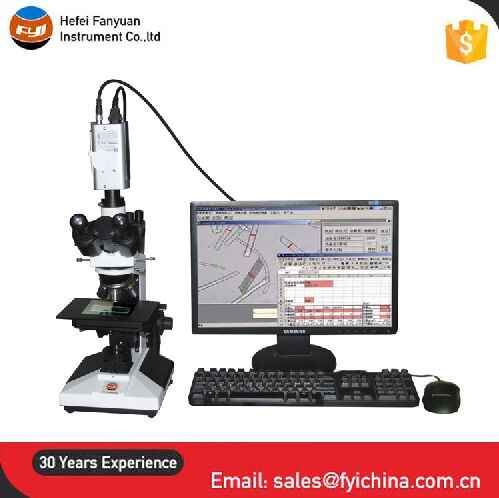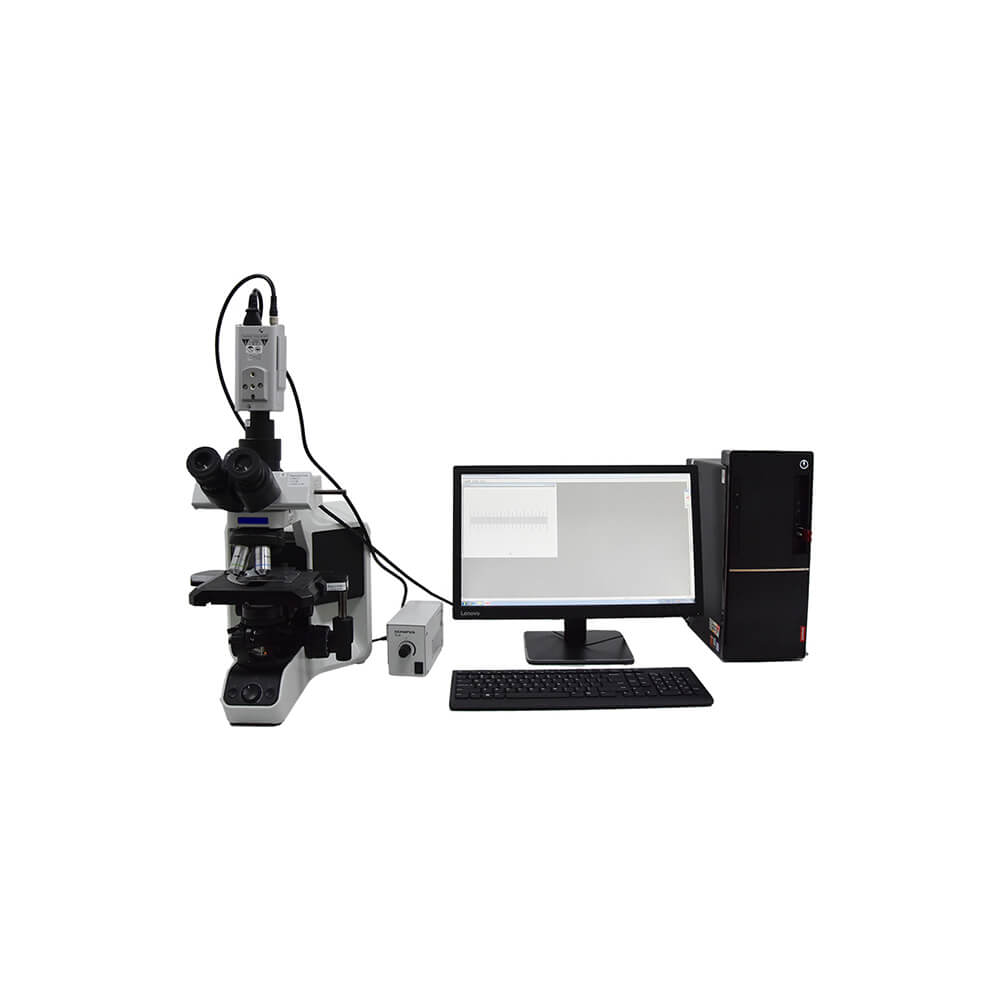Top-Rated Optical Fibre Diameter Analyser for Mass Production
Top-Rated Optical Fibre Diameter Analyser for Mass Production
Blog Article
Maximize Your Fibre Optic Efficiency: Recognizing Optical Fibre Diameter Analyser Technology
The performance of fibre optic systems is critically influenced by the precision of their size, a factor often ignored in the search of optimum signal stability. Understanding the modern technology behind optical fibre size analysers exposes the complex equilibrium in between dimension accuracy and manufacturing top quality.
Relevance of Optical Fibre Size
The diameter of optical fibre plays an essential role in identifying the efficiency and effectiveness of interaction systems. It influences a number of essential parameters, consisting of the setting of light propagation, attenuation, and bandwidth capability. Larger sizes generally permit numerous light settings, facilitating greater data transmission prices. Alternatively, smaller sized sizes often tend to sustain fewer modes, which can boost signal clearness and lower crosstalk.

Moreover, understanding the diameter's implications can cause cost savings by reducing the need for signal boosting and repeaters in comprehensive networks (optical fibre diameter analyser). Finally, the significance of optical fiber size can not be overstated, as it directly influences the total effectiveness and integrity of contemporary interaction systems
Just How Size Influences Signal Quality
Signal top quality in optical fibre systems hinges substantially on the size of the fibre. The diameter affects numerous crucial parameters, consisting of attenuation, bandwidth, and modal dispersion. A smaller size can cause greater attenuation prices, resulting in signal loss as light travels via the fiber. This depletion can compromise the stability of the transmitted data, resulting in a decline in signal top quality, particularly over long distances.
Alternatively, bigger sizes usually permit enhanced light capture and decreased modal diffusion, boosting signal quality. In multimode fibres, a bigger core size can support numerous light modes, however it may likewise present intermodal dispersion, which can degrade signal quality. As a result, picking the optimal fiber diameter is important for attaining the desired efficiency in details applications.
Additionally, the communication in between the fibre diameter and the wavelength of the light made use of plays a crucial role in figuring out the efficient transmission distance and overall signal honesty. Recognizing how fibre diameter influences signal quality is essential for network developers and engineers striving to optimize optical fiber systems for trusted, high-speed data transmission.
Review of Size Analyser Innovation
In several optical fiber manufacturing processes, precise dimension of fiber diameter is crucial for guaranteeing regular performance and quality (optical fibre diameter analyser). Diameter analysers are sophisticated tools designed to assess the physical dimensions of optical fibers with high accuracy. They use sophisticated optical and laser innovations to gauge the diameter, ovality, and concentricity of the fibre, thus providing crucial information for quality assurance
These analysers can operate in-line during the production procedure or as part of off-line testing procedures. In-line systems enable real-time tracking, permitting manufacturers to change specifications immediately, thus preserving optimal production problems. Off-line analysers, on the other hand, supply comprehensive analyses of batches, ensuring that any deviations from defined resistances are identified and resolved.
Size analysers substantially add to the reduction of defects in optical fibres, enhancing general item integrity. By constantly measuring essential criteria, these technologies facilitate conformity with market standards and specifications. As the demand for high-performance optical fibers proceeds to increase, the why not find out more duty of diameter analysers ends up being significantly essential in attaining the preferred high quality and performance criteria in fiber optic systems.
Key Attributes of Fiber Size Analysers
Although numerous versions of fiber size analysers exist, they frequently share a number of vital functions that boost their performance and dependability. One of the most significant attributes is high-resolution measurement capacities, which ensure precise diameter analyses, important for maintaining high quality control in fiber manufacturing. Additionally, several analysers integrate innovative optical sensors developed to find minute variants in fiber size, therefore supplying invaluable data for process optimization.
Another crucial function is real-time tracking, enabling operators to receive immediate comments on fiber size throughout the production procedure (optical fibre diameter analyser). This capability assists in rapid adjustments and minimizes the probability of issues. Numerous analysers likewise come outfitted with user-friendly user interfaces, allowing drivers to conveniently browse through setups and data outputs
Additionally, durable data storage space and analysis capabilities are important for tracking historical efficiency patterns and making sure conformity with sector standards. Some models also supply connectivity alternatives for assimilation into existing manufacturing control systems, improving total operational efficiency. Portable and mobile styles allow for flexible release within production atmospheres, making certain that top quality guarantee processes are seamless and efficient. These advice functions jointly add to the efficacy of fiber size analysers in maximizing fibre optic performance.
Best Practices for Fiber Optimization

First, normal calibration of optical fibre size analysers is vital. This ensures precise measurements and minimizes possible discrepancies that might affect efficiency. Next off, maintaining a tidy workplace is crucial; dirt and pollutants can lead to signify degradation.
Additionally, it is essential to choose fibres that satisfy specific application requirements. This entails assessing elements such as attenuation, bandwidth, and environmental conditions. Correct installation methods need to also be helpful resources complied with, consisting of preventing sharp bends and extreme stress, which can compromise fiber honesty.
Furthermore, employing sophisticated monitoring systems can assist in real-time performance evaluations, enabling timely identification of issues. Regular screening and maintenance ought to be carried out to ensure that fibres stay within optimal operational parameters.
Finally, training employees on the most up to date fibre optimization modern technologies and methods will improve their capability to apply effective approaches. By complying with these best practices, organizations can considerably enhance the efficiency and life-span of their optical fiber systems, making certain reliable interaction and information transfer.
Verdict
In verdict, the combination of optical fiber diameter analyser technology is vital for optimizing fibre optic efficiency. By ensuring precise measurements of fiber measurements, these analysers significantly boost signal high quality and reduce losses throughout information transmission.
Signal top quality in optical fibre systems hinges significantly on the diameter of the fibre.In lots of optical fiber manufacturing procedures, exact measurement of fibre size is essential for making sure constant efficiency and quality. As the demand for high-performance optical fibers continues to rise, the function of diameter analysers becomes progressively essential in achieving the desired quality and efficiency requirements in fiber optic systems.
These attributes jointly contribute to the effectiveness of fiber diameter analysers in maximizing fibre optic performance.
In verdict, the integration of optical fibre diameter analyser innovation is critical for making best use of fibre optic efficiency.
Report this page